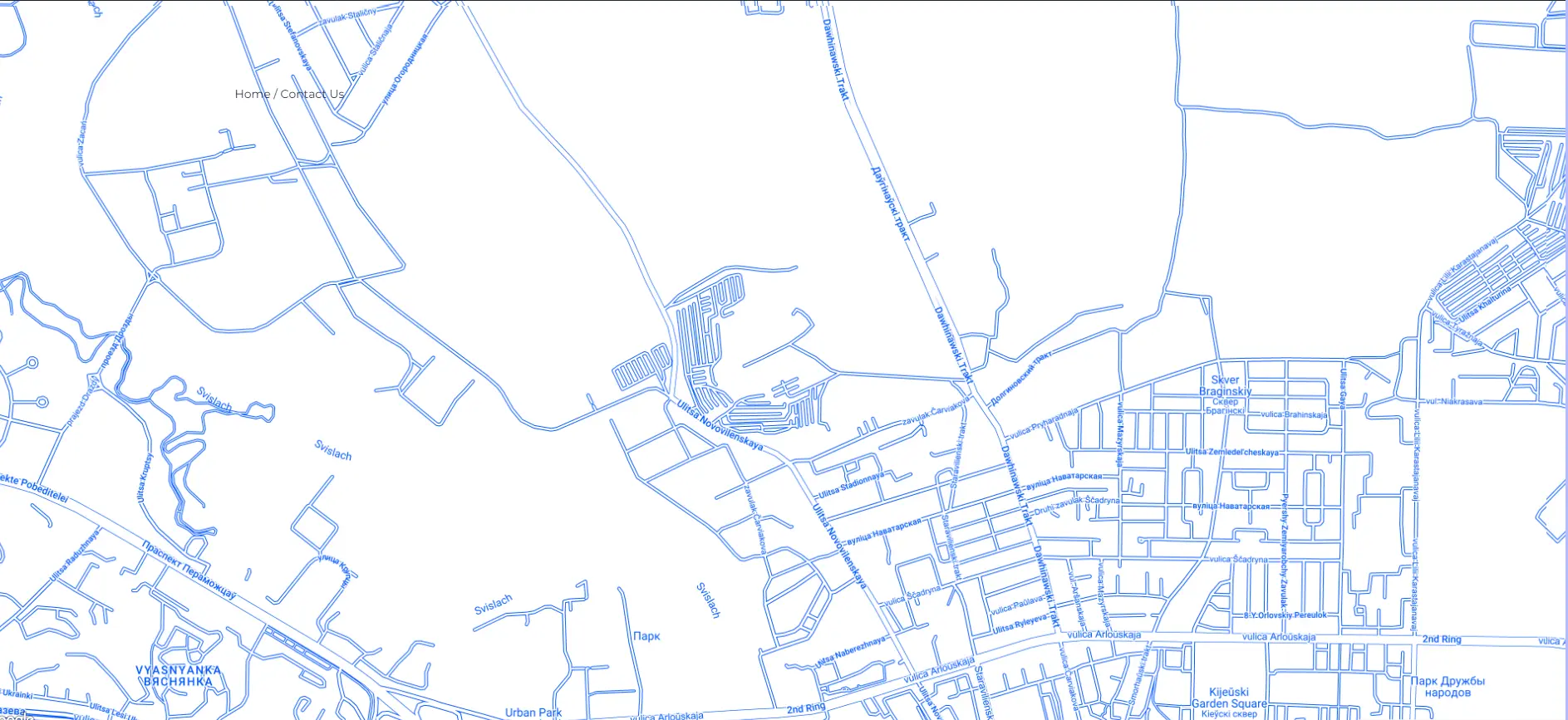Before taking out a loan, it is essential to consider several vital aspects to avoid future financial problems in Belarus. This article will look at the main points you need to know about consumer lending to make the right choice and use credit for your financial purposes.
What is a consumer loan?
Consumer credit is otherwise called “consumer loan”. Consumers can only be individuals. Therefore, consumer loans are loans that the bank issues to individuals:
- To finance activities that are not related to entrepreneurial activity. Such activities are defined and include mining, acquisition, token sale, website development services, craft activities and other activities that can be learned in consultation with a lawyer.
- To finance the needs of individuals without defining the purpose for which the loan is issued.
Consumer loans are, in particular:
- Overdraft loans.
- Student loans.
- Loans for the purchase of motor vehicles and agricultural machinery.
- Loans on instalment payment terms in stores.
- Consumers can receive loans to refinance consumer loans that were issued earlier. In this case, loans issued for refinancing also relate to consumer loans.
- Loans for financing real estate do not apply to consumer loans.
How consumer loans are issued
Consumer loans are issued only in Belarusian rubles. Getting a consumer loan is quite simple.
Step 1. Choosing a bank and a loan product
When choosing a bank where you plan to lend money and when choosing a loan product, you need to pay attention to several points:
- The possibility of early repayment of the loan.
- Correlate the loan amount and terms of repayment with the periods of income and income amounts.
- To comprehend: will it complicate, improve or not affect the personal financial situation of lending for a large purchase. Consumers often forget that they will have to repay the loan amount and the interest for using the loan.
- Determine the possibility of repaying the loan in case of temporary loss of income.
- The convenience of repayment of the loan.
Step 2. Apply for a loan
After selecting the bank, the term and the loan amount, you need to submit a loan application. This is a free action. The bank does not need to pay for it.
You can apply for a consumer loan in a bank and with a personal presence. Some online and offline stores cooperate with banks. When buying goods on credit in such stores, you can purchase credit directly in an offline store or on a computer. In this case, you need to leave an application in which the income level is written in the consumer’s words and wait for approval from the bank. Sometimes, the bank requires a document of income. An income certificate can be obtained from the company’s accountant where the potential borrower works.
Step 3. The bank’s assessment of the applicant’s creditworthiness
The bank analyzes the loan application according to several parameters. For example, the amount of the applicant’s permanent income, the loan amount, the applicant’s age, and the loan term are correlated. This is called a “creditworthiness assessment.” The bank uses the debt burden indicator for such an assessment. This indicator is calculated as a percentage ratio of the monthly payments for repayment of loans and lease payments and the average monthly income of the applicant. As a general rule, such an indicator should not exceed 40%.
Step 4. Getting a loan
If the application is satisfied, the bank can transfer the loan amount immediately to the store that sells goods to the consumer. You can sign a loan agreement online or an instalment agreement with the store to which the bank transferred your loan amount.
When a loan is taken without the purpose of making a certain purchase, the loan is transferred to an individual’s specially opened bank account. Such an account is opened for free. The bank most often issues a credit card for such an account. Such bank loan products are widely used as so-called “instalment cards.”
Another opportunity to get a loan on an instalment basis is a loan on a personal bank payment card. Since there are agreements between banks and stores that sell goods in instalments, the interest on such loans is often lower than when the consumer independently applies to the bank for a loan.
When is it possible to refuse loans
Although options are possible, the bank will not issue a consumer loan when the debt burden exceeds 40% of the applicant’s income. Without options, the bank will not issue a loan when the applicant is included in the list of persons involved in terrorist activities. The Bank will find out about this during the mandatory identification of the applicant when verifying his identity.
Bank Account for Individual
Open a bank account quickly and securely in Belarus for an individual!
What will the bank inform you about before issuing a loan
After the bank has received a loan application, the bank is obliged to familiarize the individual with information about the terms of lending free of charge. This may be information on paper or electronically when the application was sent online. The applicant signs the info on paper after familiarization. This information includes strictly defined information:
- The loan amount, or its maximum size, may indicate the maximum amount of one-time debt on the loan.
- The term and procedure in which the loan is issued, how it is issued.
- The terms and procedure for loan repayment: how many payments and in what amount, and in what time frame should an individual make? This is usually a graph showing the dates and amounts of the loan repayment.
- The method of repayment of the loan.
- The amount of interest charged on the loan, how the interest is determined, what interest rate is applied—fixed or variable—and the amount of interest charged for the entire loan term are all important.
- Is it possible to repay the loan beforehand and under what conditions.
- Whether the borrower is obliged to conclude other agreements, often, the bank requires the repayment of the loan. A guarantee, a pledge, or loan repayment insurance can provide a refund. For example, a promise of vehicles, for the purchase of which a loan is needed. In the case of collateral, the borrower will have to conclude an appropriate agreement, which the bank offers as one of the conditions for lending.
- The purposes for which the loan can be used. When it is not the purchase of a certain thing or service or the financing of activities that are not entrepreneurial, “consumer needs” are indicated.
- The amount and type of liability of the borrower for non-repayment of the loan and interest on time.
- The type and price of additional paid services provided in the loan agreement and supplied by the bank or other persons. When the bank includes such lending services, the recipient applicant must agree to receive these services.
The bank may include other information about lending besides the necessary information.
About additional paid services and when you can do without them
Sometimes, the terms of consumer lending stipulate that an individual needs to receive additional paid services. For example, to conclude an insurance contract and pay insurance premiums, contact the appraiser of the car that you plan to buy on credit and make an assessment for a fee. You can refuse to receive such services in writing or express written consent.
Refusal of additional paid services
Refusal of such services does not always mean that there will be no loan. In this case, the bank may issue a loan without including conditions for paid additional services in the loan agreement or is obliged to offer a loan similar in amount and term. Of course, it is possible to offer such a loan when there is such a loan in the product line of the bank’s credit products.
Consent to additional paid services
When the applicant agrees to insurance or property valuation for the purposes of lending or collateral, he can choose an insurance company or an appraiser of the property. The bank can offer its options but not impose them.
At the same time, the bank must provide information about the cost of such services.
Features of loan repayment
There are many ways to repay a loan. The bank must specify at least one of the ways that will be free for the borrower.
In the case of early repayment of a consumer loan, interest must be paid for the actual use of the loan. You do not need to inform the bank that you will repay the loan beforehand.
The borrower can receive information on the loan agreement free of charge once a month upon request. Such information may be needed for various purposes and includes:
- Information about the loan and the loan agreement.
- The amount owed on the principal and interest.
- The amount of overdue debt, when it exists.
- The amount of fines, when they were issued, and the date of sending this information to the recipient.
Such information can be obtained online.
Contact us
If you have any questions related to consumer lending, we will be happy to help you! We will help you choose the most favorable loan terms based on your capabilities and request.
For your convenience, phone and e-mail communication options are available:
- +37529142-27-19 (WhatsApp/Telegram/Viber);
- info@ambylegal.by.







